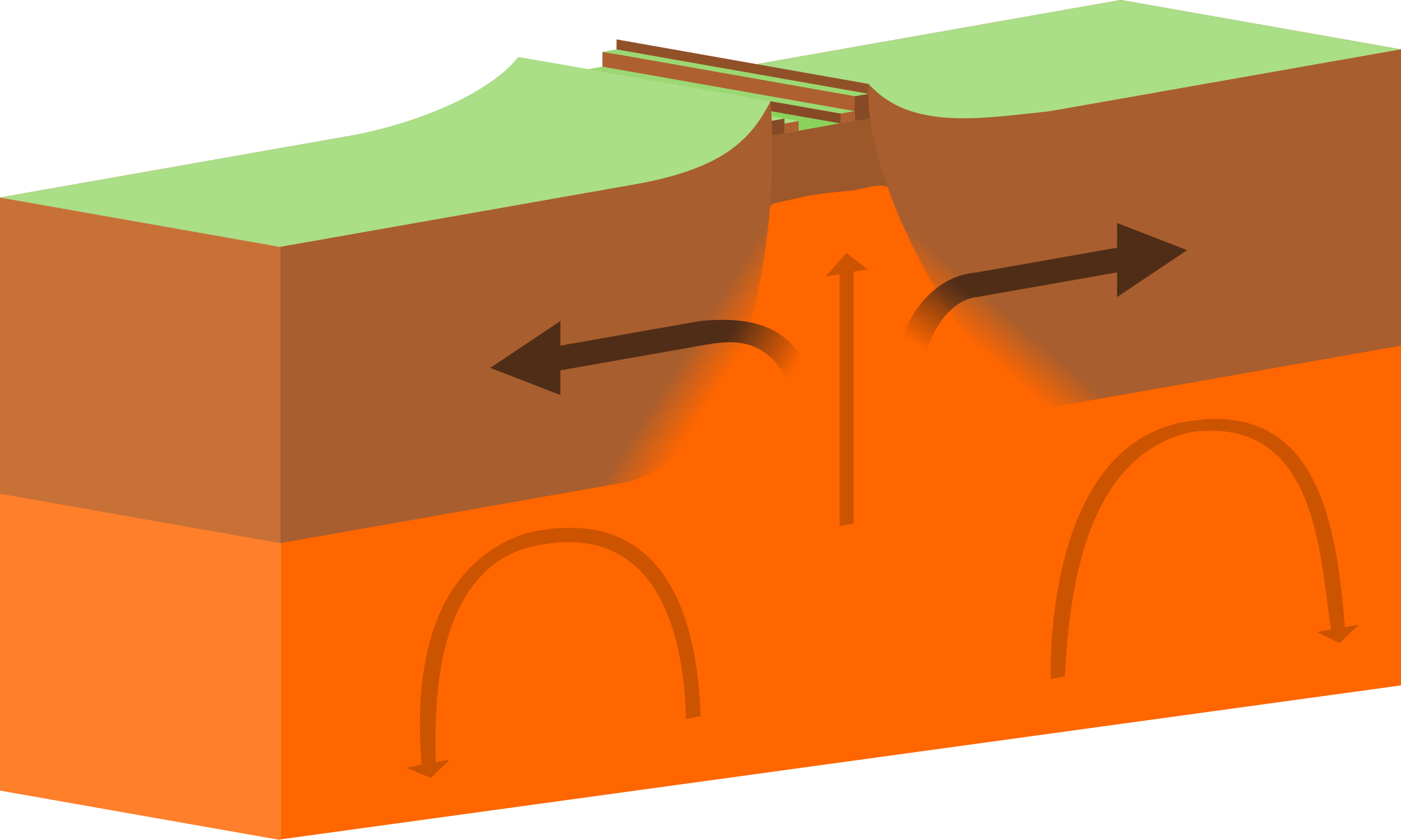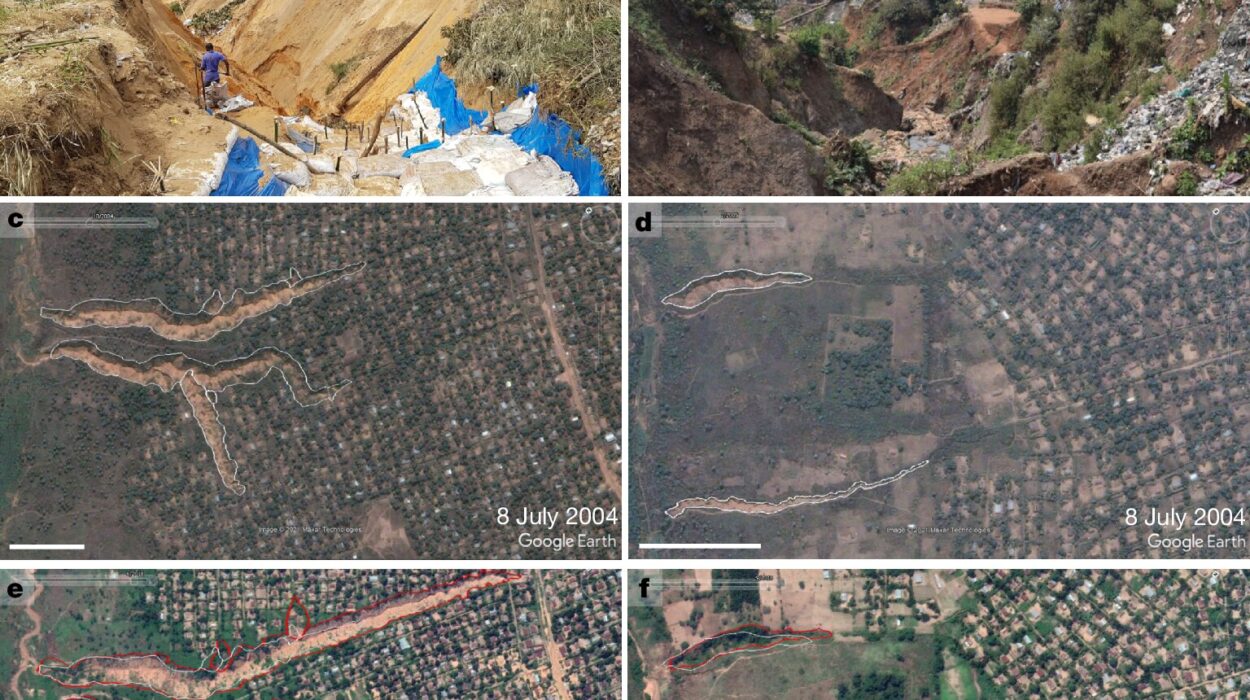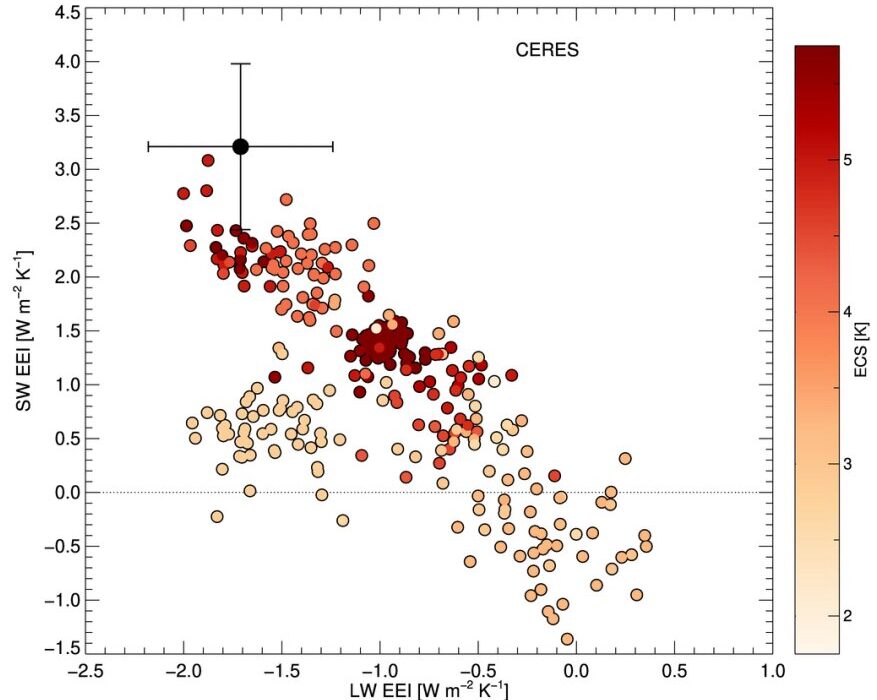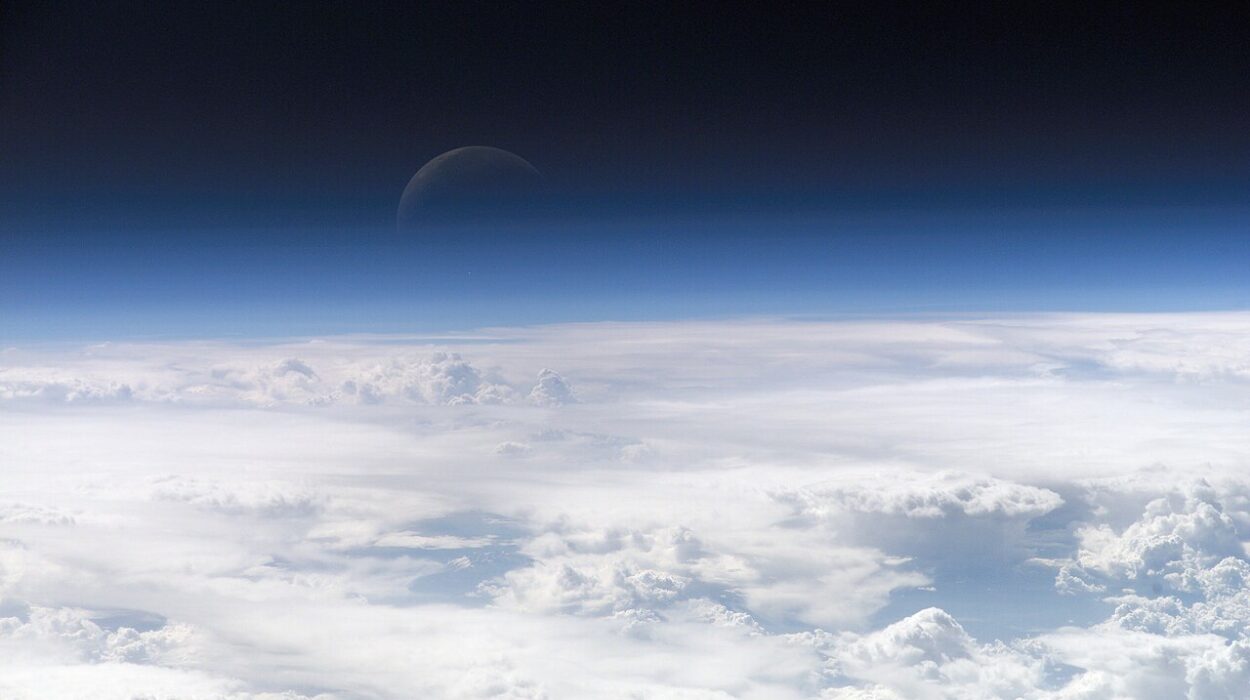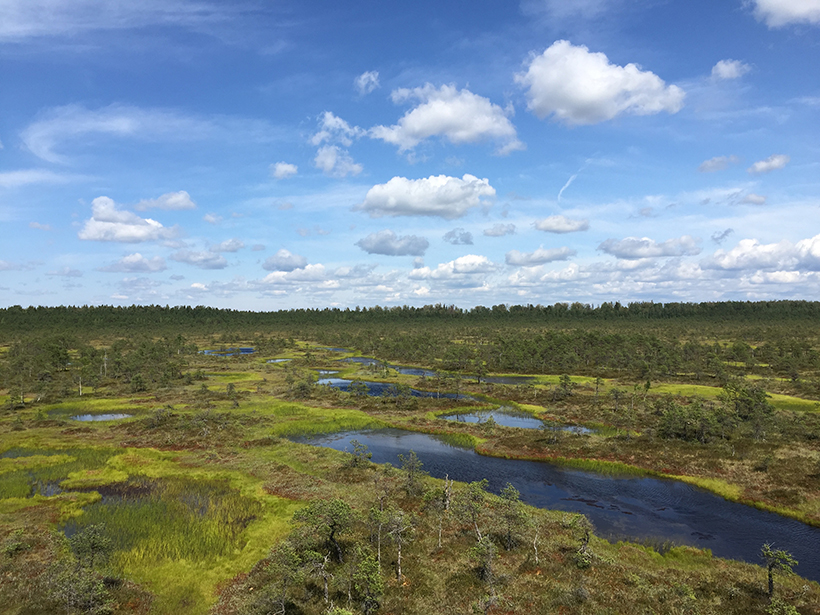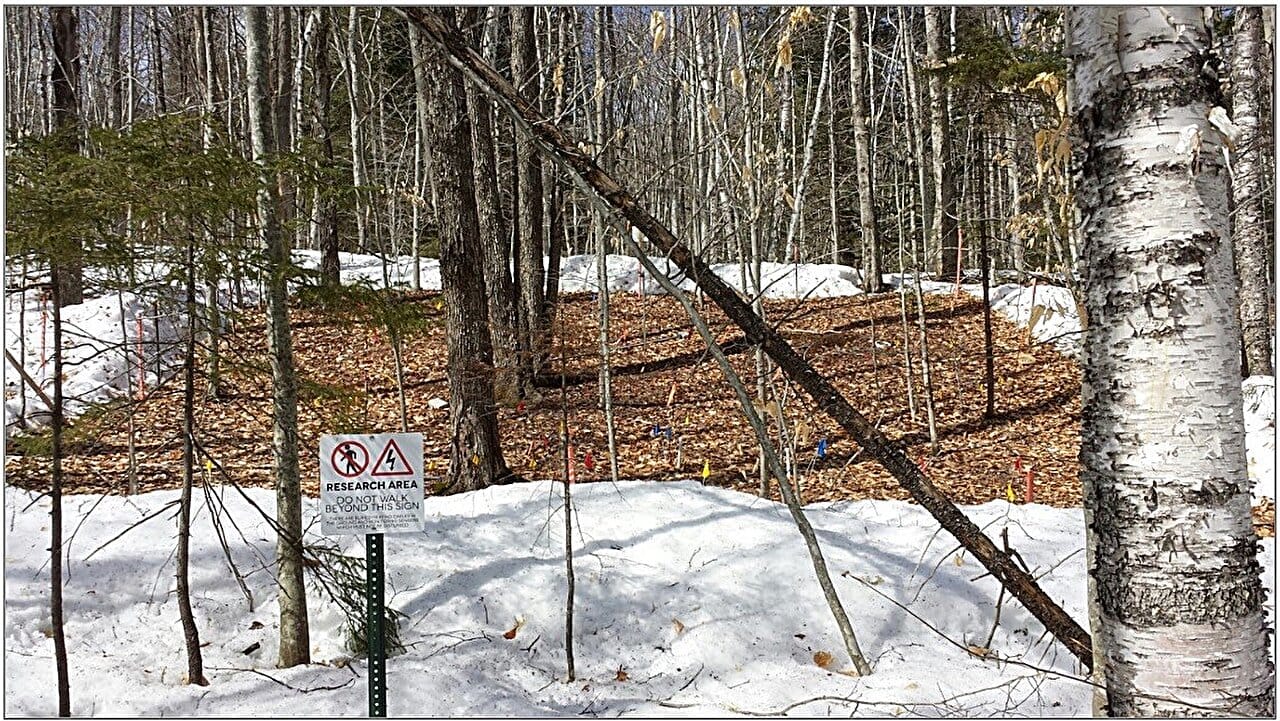Imagine standing on a peaceful mountainside, the sky blue, the earth steady, the breeze soft on your face. All seems still. But this calm is an illusion. Beneath your feet, the Earth is alive. Not in a poetic sense, but in a literal, dynamic, and sometimes terrifying way. Below the solid ground lies a restless, seething world of molten rock, shifting plates, and colossal forces so powerful they can split continents and shatter cities in seconds.
Earthquakes and volcanoes are not random, isolated events. They are surface symptoms of deeper geological processes—expressions of Earth’s ceaseless drive to reshape itself. The forces behind them are ancient, powerful, and, in many ways, still mysterious. Understanding them not only satisfies our scientific curiosity, but it also helps us prepare for the fury they occasionally unleash.
Let’s descend into the heart of the Earth to uncover what drives these formidable natural events—and how, despite their destruction, they are essential to life on our ever-changing planet.
A Journey Into Earth’s Inner Layers
To understand earthquakes and volcanoes, we must begin by peeling back the layers of the Earth itself. Picture the Earth as a peach: the skin represents the crust, the fleshy part the mantle, and the pit the core.
The crust, Earth’s outer shell, is surprisingly thin—ranging from just 5 kilometers beneath the oceans to about 70 kilometers under continents. This is the land we live on, the place where mountains rise and oceans spread. But beneath it lies the mantle, a hot, semi-solid layer that reaches down nearly 2,900 kilometers. The mantle behaves like a thick, slow-moving fluid over geological time, convecting heat from Earth’s interior.
At the heart lies the core, a dense, molten outer core and a solid inner core made mostly of iron and nickel. This core powers the planet’s magnetic field and radiates heat outward, driving convection in the mantle above.
These internal processes may seem distant and disconnected from surface life, but they are the engine behind earthquakes and volcanoes. They create tectonic plates, move continents, and break the ground beneath our feet.
Tectonic Plates: Earth’s Ever-Shifting Puzzle
The Earth’s crust is not a single unbroken shell. Instead, it is fractured into massive slabs called tectonic plates. These plates float atop the softer asthenosphere—a layer of the upper mantle—and are constantly moving, albeit at the slow pace of a few centimeters per year. But don’t let the speed fool you. Over millions of years, these tiny movements add up to monumental changes.
There are seven major plates and numerous smaller ones. They slide past one another, crash together, pull apart, and dive beneath one another. These movements are driven by mantle convection—a process similar to boiling water, where hot material rises and cooler material sinks, creating a churning motion that drags plates along like logs on a river.
The boundaries between these plates are where most of Earth’s geologic drama unfolds. It is here, at these seams in the crust, where earthquakes strike and volcanoes erupt.
The Collision Zones: Convergent Boundaries and Subduction
In some places, tectonic plates are on a slow-motion collision course. These are convergent boundaries, where two plates push toward one another. When two continental plates meet—like India and Asia—they crumple and force the land upward, forming vast mountain ranges like the Himalayas.
But when an oceanic plate meets a continental plate, the heavier oceanic plate dives beneath the lighter continental one in a process called subduction. This not only forms deep ocean trenches, like the Mariana Trench, but also leads to intense geological activity.
As the subducting plate sinks into the mantle, it heats up and begins to melt. The resulting magma is buoyant, rising through the crust to form volcanoes. This is why subduction zones often give rise to volcanic arcs, such as the Pacific “Ring of Fire”—a horseshoe-shaped belt of intense volcanic and earthquake activity encircling the Pacific Ocean.
Pulling Apart: Divergent Boundaries and Rift Zones
Elsewhere, plates move away from each other at divergent boundaries. This is common under the oceans, where magma wells up from the mantle, cools, and forms new oceanic crust. These underwater mountain ranges, known as mid-ocean ridges, are essentially massive volcanic systems. The Mid-Atlantic Ridge is a famous example, splitting the Atlantic Ocean from north to south.
Divergent boundaries aren’t limited to the ocean. On land, they can create vast rift valleys, such as the East African Rift. These regions are stretched and thinned as plates pull apart, often forming volcanoes along the way. If the rifting continues for millions of years, it can eventually split a continent in two.
Shear Forces: Transform Boundaries and Earthquakes
In some regions, plates neither collide nor drift apart. Instead, they slide past one another horizontally. These are transform boundaries, and they are often the site of intense earthquake activity. The San Andreas Fault in California is a classic example.
At these boundaries, the plates become locked due to friction, and stress builds up over time. Eventually, the stress exceeds the friction, and the plates suddenly lurch forward. This sudden release of energy is what we experience as an earthquake. The longer the plates are locked, the more energy accumulates, and the more powerful the quake when it finally occurs.
Transform boundaries typically don’t create volcanoes, but their earthquakes can be devastating, reshaping landscapes and toppling cities in seconds.
Volcanoes: The Planet’s Fiery Release Valves
If earthquakes are the Earth’s shudders, volcanoes are its fiery exhalations. They form where magma—molten rock from the mantle—rises through weaknesses in the crust. This magma can be rich in gases and minerals, and when it erupts, it can reshape entire regions.
Volcanoes can form at plate boundaries, but also in the middle of plates, thanks to hotspots—localized plumes of heat rising from deep within the mantle. The Hawaiian Islands, for instance, are the result of a hotspot burning through the Pacific Plate like a welding torch, forming a chain of volcanic islands over millions of years.
Volcanoes come in many shapes and styles. Some, like shield volcanoes, produce slow, flowing lava that builds up broad, gently sloping mountains. Others, like stratovolcanoes, erupt explosively, spewing ash, rock, and gas high into the atmosphere. These are the volcanoes we often see in dramatic photos—steep, snow-capped peaks with a smoking summit.
Volcanic eruptions can be both destructive and life-giving. They can bury cities in ash, like Pompeii, but they also create fertile soils, new landforms, and even entire islands.
The Earthquake Machine: How Stress Builds and Breaks
Deep beneath the surface, the Earth’s crust is constantly under stress. Rocks are pushed, pulled, and twisted by tectonic forces. But they don’t always move smoothly. Friction and pressure hold them in place, sometimes for decades or centuries. Then, without warning, something gives.
An earthquake begins at a point called the focus, deep underground, where rocks first break. The energy released radiates outward in waves, shaking everything above. The point on the surface directly above the focus is called the epicenter, often the place of greatest destruction.
Seismologists measure earthquakes using the moment magnitude scale, which reflects the total energy released. A magnitude 5 quake can rattle windows and shake buildings. A magnitude 9 can devastate entire regions. These quakes release energy comparable to thousands of nuclear bombs in a matter of seconds.
The danger isn’t just the shaking. Earthquakes can trigger landslides, tsunamis, and aftershocks that compound the destruction.
When Fire and Earth Collide: The Link Between Earthquakes and Volcanoes
Though earthquakes and volcanoes are different phenomena, they often occur in the same regions because they share the same source: tectonic boundaries. In subduction zones, for instance, the descending plate can cause both powerful earthquakes and explosive volcanic eruptions.
Volcanoes can also generate earthquakes of their own. As magma rises, it cracks the rock around it, producing volcanic tremors. These small quakes are often used to predict upcoming eruptions. In some cases, a swarm of small quakes is the only warning before a major volcanic event.
This interconnection is especially visible along the Pacific Ring of Fire, where massive subduction zones create a deadly duet of shaking ground and fiery mountains.
Human Lives in a Shifting World
Despite our technology, we are still vulnerable to the raw power of the Earth. The 2004 Indian Ocean earthquake and tsunami killed over 230,000 people in 14 countries. The 2010 Haiti earthquake reduced Port-au-Prince to rubble. In 1980, Mount St. Helens erupted with such force it blew the side off a mountain.
But it’s not all destruction. These events also inspire resilience, innovation, and science. Early warning systems, earthquake-resistant buildings, volcanic monitoring networks—all these efforts aim to reduce harm and better understand our volatile world.
Scientists study ancient lava flows and sediment layers to learn the history of past events. Seismic tomography allows us to peer inside the Earth like a medical CT scan. GPS satellites track the slow movement of plates in real time. And yet, nature still surprises us.
A Planet That Breathes and Burns
The geological forces behind earthquakes and volcanoes are not enemies to be defeated, but powerful processes that have shaped our world since the beginning. They built the Himalayas, carved the Grand Canyon, formed the continents, and forged the land we call home.
Without them, Earth would be a static, lifeless rock. Volcanoes replenish the atmosphere, create new land, and fertilize soil. Earthquakes relieve pent-up stress and drive the tectonic cycles that help regulate our climate and geography.
Even the violent tremble of a quake or the fury of a volcanic eruption is a reminder that Earth is not dead—it is alive, dynamic, and evolving.
Living with the Earth’s Fury
We cannot stop tectonic plates from moving, nor silence the rumble of magma beneath the ground. But we can learn to live with these forces. Science provides the tools to predict, prepare, and respond. Education empowers communities to build smarter and act faster.
In the end, earthquakes and volcanoes are not just catastrophes—they are teachers. They tell the story of a planet in flux, a world where destruction and creation are inseparable. They challenge us to look deeper, to listen to the Earth’s restless heartbeat, and to marvel at the powerful, unseen forces that shape our lives every day.
